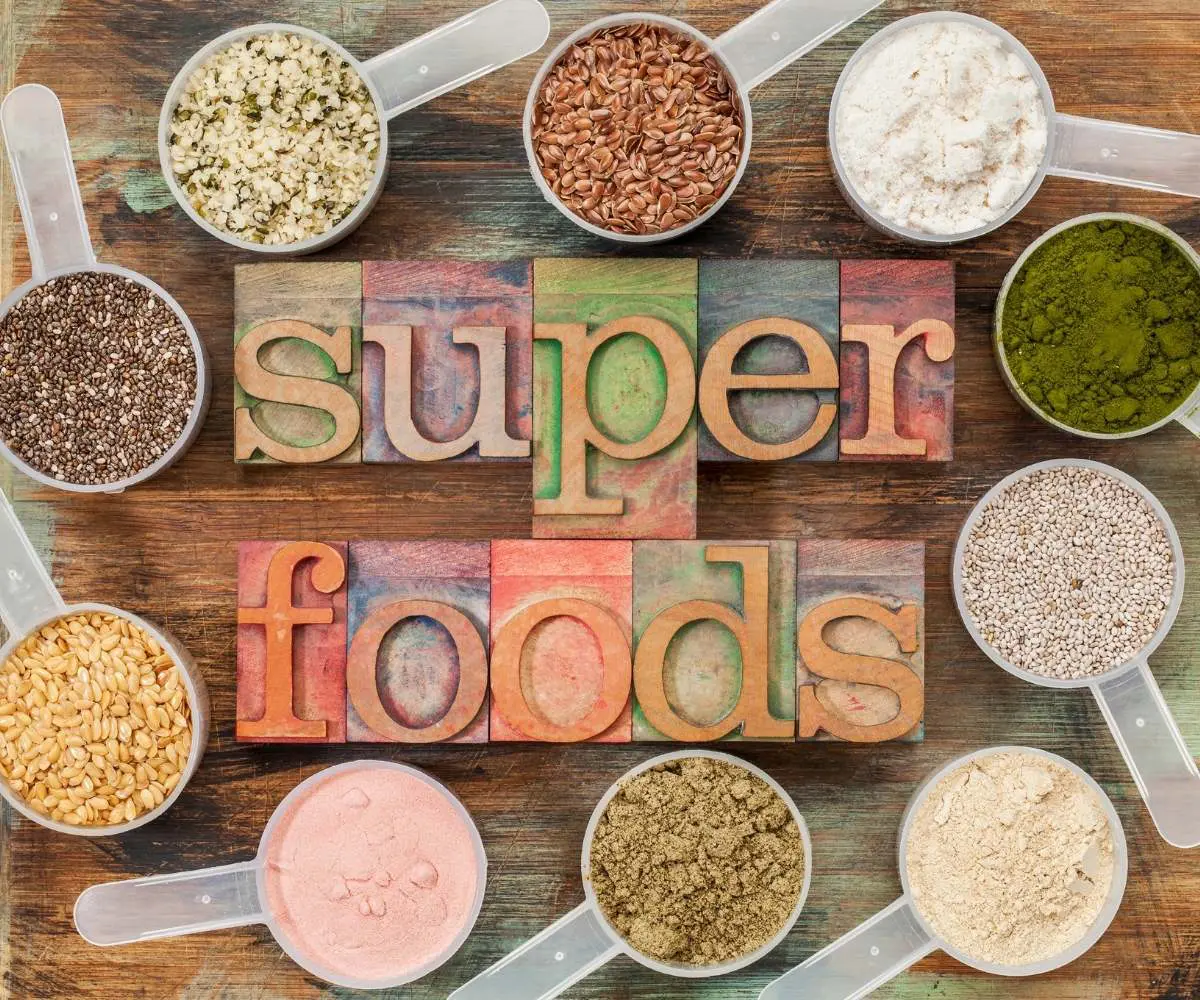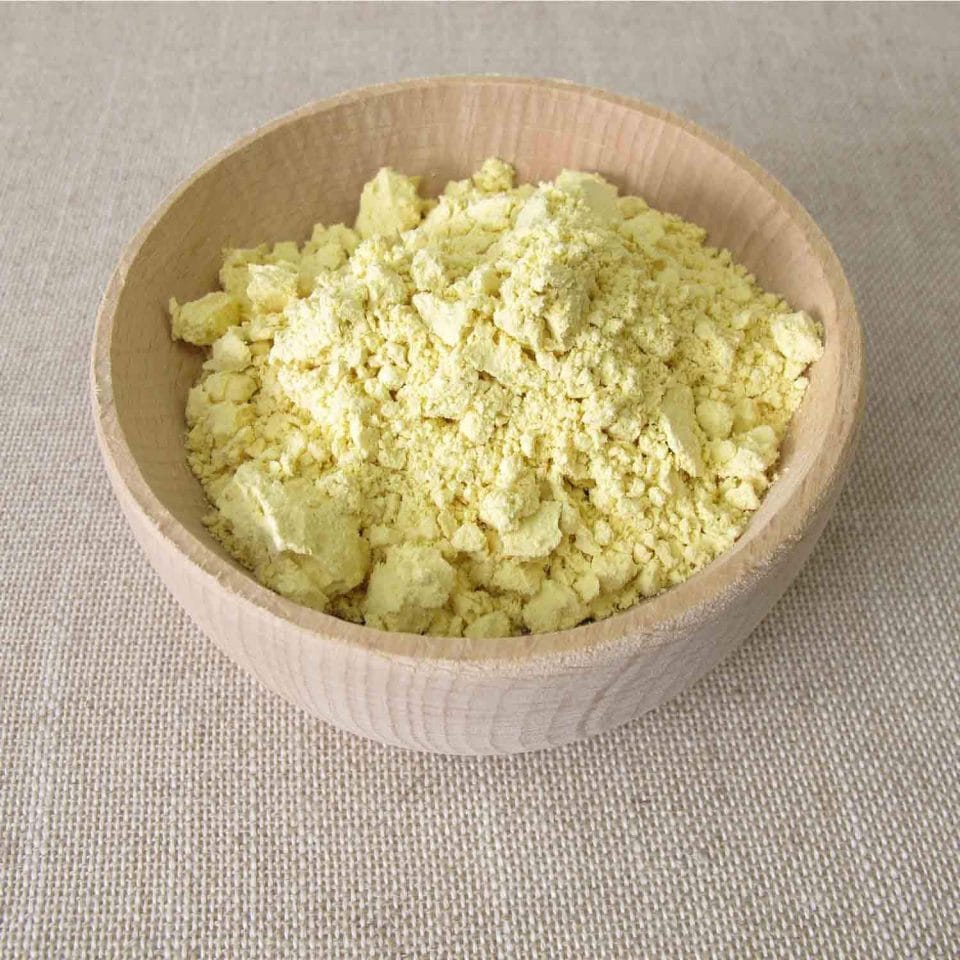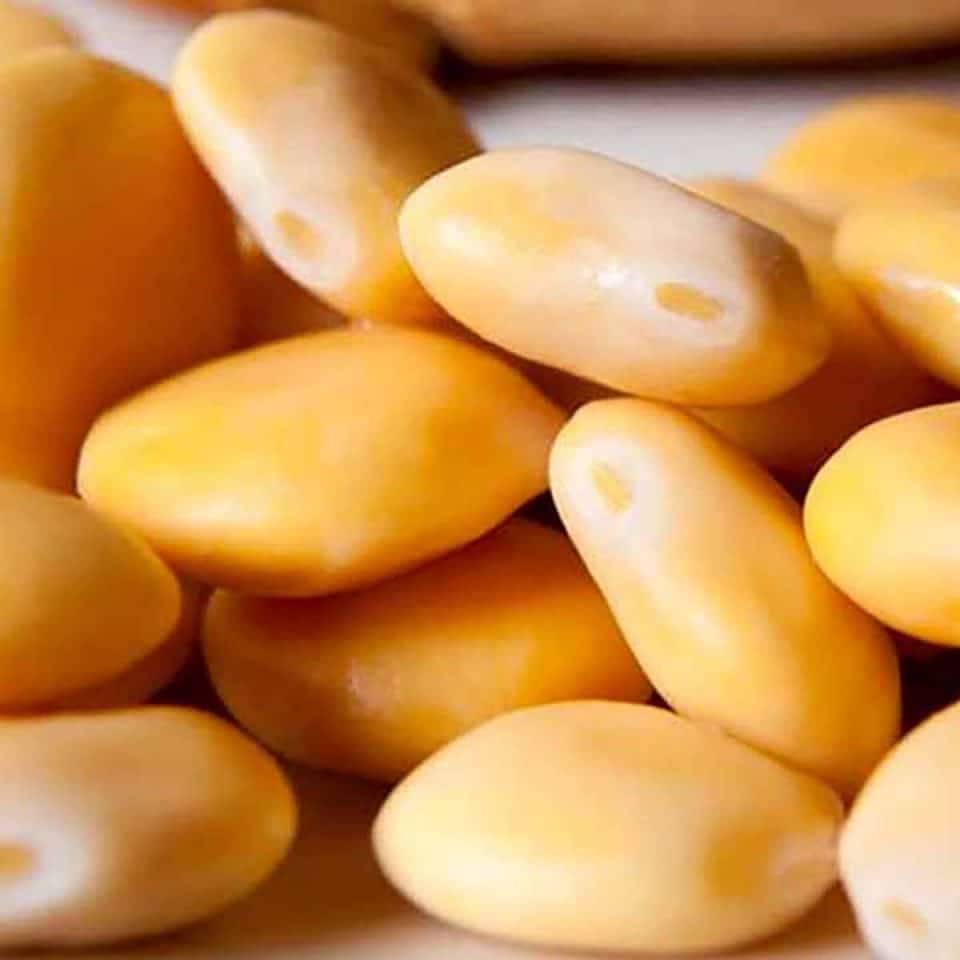All About Lupin Flour (What is Lupin Flours & Benefits)

In the past few years, new discoveries have significantly influenced modern cooking and contributed to conscious eating. There are healthy alternatives to almost anything unhealthy or fattening.
There are also alternatives to products loaded in gluten, lactose or other substances some people are allergic to. These products work well for replacing ingredients in certain types of diets, such as keto, paleo, or vegan. Lupin flour is a good example, although many people are yet to become familiar with this healthy option.
First off, what exactly is lupin flour?

Gaining popularity among keto-dieters, lupin flour is made of lupin/Lupini or Lupine beans, a legume related to the peanut that comes with the advantages of being low in carbs and very high in protein. A quarter cup of lupin flour contains about 75 calories, 2 g of fat, 11 g fiber, 12 g protein, and only 1 net carb.
Native in the Mediterranean, North Africa, and Latin America, lupin beans come from a small, cone-shaped plant that has purple, blue, or yellow flowers. In these areas, diets based on lupini beans are pretty popular. The process of obtaining the flour starts off with drying the beans and processing them into a finely ground powder—lupin flour. Think of anything you can do with flour and you can basically do the same with lupin—baking and pastry, a thickener in soups and sauces, and like breadcrumbs for frying foods. There are all kinds of uses, but as with all flour substitutes, you may have to experiment a little.
Lupin beans come in two varieties: sweet and bitter. It’s safer to stick to the sweet beans—bitter lupin is also edible, but they are high in toxic alkaloids which means a longer process of soaking and rinsing in involved to get rid of the bitter taste.
If you’re wondering what it tastes like, you should keep in mind that the general taste is a bit bitter and the smell is a bit different from that of all-purpose flour. Therefore, most recipes that include lupin flour recommend seasonings, sweeteners, or other complementary flavorings in order to cover the bitter, starchy taste. Other than that, its texture mimics that of wheat flour perfectly, being fluffy, airy and a lot less dense than other flours used in keto diets.
Health benefits of lupin flour

Fiber
Fiber does wonders for weight loss diets because of its benefits for your digestive system. In keto diets where fiber is somewhat missing, lupin flour is a great idea.
Fiber affects your digestive process, keeping you feeling full for a long time without adding useless calories, at the same time, stimulating your metabolism. You can read more about fiber intake and dietary habits in adults, here.
Protein
If you’ve been paying attention, you’ll know that a ¼ cup of lupin flour contains 12 g protein. That is a good, high protein content. In fact, 50% of the weight of lupin beans is protein and they are a complete protein source. This means they contain all the essential amino acids that the human body needs to function properly. This is a very rare asset when talking about plant-based proteins.
A study conducted years ago found that participants assimilated 80% of the proteins available in lupin flour, which makes lupin bean protein highly bioavailable as well. You can find more data about the 1992 study here.
Other Essential Nutrients
Whether you’re following a special diet or just looking for better, healthier options to replace in your daily eating habits, you’ll be pleased to find out that lupin beans and flour are high in magnesium, calcium, zinc, iron, potassium and phosphorus, as well as providing the necessary B-vitamin chain for the wellbeing of your body. Learn more about it here.
Allergens
Being related to peanuts, people with nut allergies etc., need to avoid lupin flour and the beans. For the most servere cases, definitely stay clear of them, but for mild allergies, we suggest you talk to your doctor or nutritionist for further advice.
Lupin beans also contain lectins, phytic acid, trypsin inhibitors, and other anti-nutrients, but if you’re aware of certain sensitivities and liabilities in your digestive system, again, talk to a doctor or nutritionist before trying anything lupin. You can find out more about the anti-nutrient contents in lupin by accessing this link here.
How to use lupin flour in various recipes

Due to its bitter taste, lupin works best as a substitute for all-purpose flour in cakes and cookies with the help of sweeteners that can tone down any potential aftertaste.
For instance, it can entirely replace almond flour at a ratio of 1:1, as well as half and half.
You can make sweet cookies with chocolate or raisin chips, and, of course, it tastes great in any recipe with peanut butter. Batters for pancakes or waffles can also be made using lupin flour, and feel free to try it in any bread, tortilla, biscuit, or cracker recipe. If you’re brave enough to make your own pasta, you can try replacing wheat flour with lupin.
Where to find lupin flour
Unfortunately, despite coming with so many useful properties and health benefits, lupin flour is not yet so popular that it is easy to come by. You may find an organic food store stocking it, but your best bet is probably to shop online.
Other names for lupin flour
You may have come across lupin flour without even being aware of it as it comes with a whole list of different names:
- Sweet lupin sprouts
- Sweet lupin milk
- Sweet lupin beans
- Lupini beans
- Lupine
- Miracle Flour
Lupin flour and the Keto Diet
We’ve given you the most important information about lupin flour: where it comes from, what it tastes like, all its nutritional value, and how to cook with it. Now, let’s focus on whether or not lupin flour is good for you when dieting.

One quarter cup of lupin flour contains:
- 74 calories
- 2 grams of fat
- 12 grams of carbs
- 11 grams of fiber
- Only 1 gram of sugar
- 12 grams of protein
With a total of maximum 1 net carb per ¼ cup, lupin is very low in carbohydrates and it’s therefore highly recommended as a substitute for all-purpose flour in diets. This super-food is also gluten-free, grain-free, and vegan, it has a high protein content and, in most cases, it’s purely organic and contains no modified organisms. So yes, lupin flour is an option to be considered when you want to replace ingredients in your diet.
Please keep in mind that there are certain things about lupin flour that may be dangerous to people with allergies or with a sensitive digestive system. If you are one of them, we urge you to talk to your doctor/nutritionist before consuming lupin flour.
While lupin flour comes from a legume, which are not allowed in low-carb, keto or paleo diets, its characteristics the make it a superfood go hand in hand with dietary principles. High levels of fiber and protein are packed into this “magic” bean, and it has anti inflammatory properties.
In keto dieting, the purpose is to maintain your body in a state of ketosis—a natural process that happens inside your body when it doesn’t have enough carbohydrates to burn for energy. Instead, it burns fat and makes things called ketones, which it can use for fuel. When keto-dieting, you’re telling our body to burn fat, therefore losing weight.
If you don’t eat the carbs, ketosis will happen and it’s your duty to your body to provide all the necessary substitutes—after all, you’re helping your body help you to lose weight and build muscle as naturally as possible. However, people’s tolerance of carbohydrate differs: some can tolerate more carbs than others and still be in a state of ketosis.
Conclusions
We’ve introduced you to the key-factors you need about this superfood to help you decide whether to use it in your diet or to simply consider it for a more conscious way of eating.
It’s loaded with healthy ingredients that provide your body with more of what’s essential for healthy functioning and less of what is not—of course, we’re referring to carbohydrates here, as delicious and addictive as they might be, they’ve been proven not to be our digestive system’s best friend. So go right ahead and switch to lupin flour—but do not forget to analyze its allergens and your own medical condition and predispositions, to check if you’re safe to consume it in without any consequences.
Keep in mind that lupin beans have a starchy smell and bitter taste. When cooking with lupin flour, you will embark on a little adventure, finding out what it takes to balance out the taste and smell and produce something delicious. But thankfully, lupin flour has been around for some time and you can find pretty much anything you need in terms of recipes on the internet.
Have fun!

